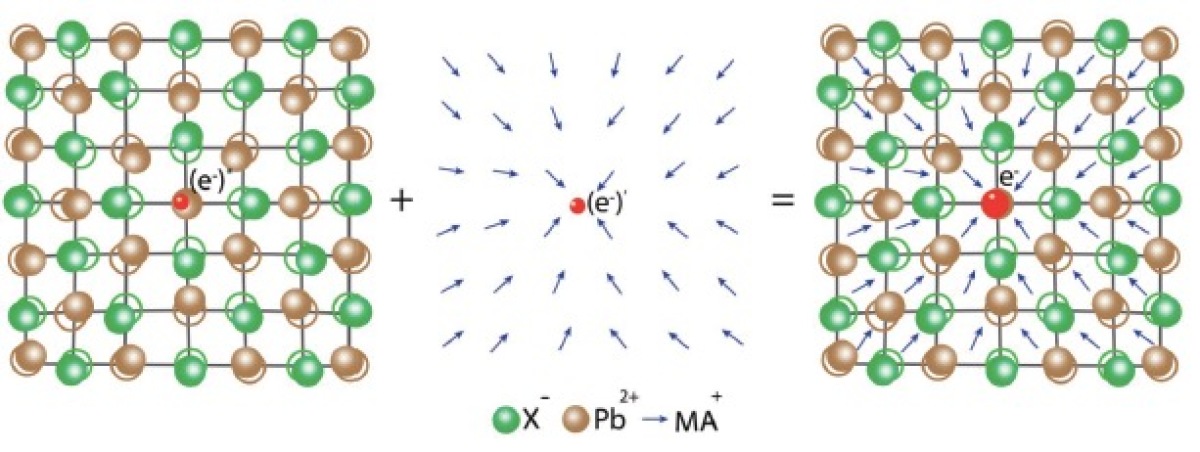Research topic: Solar
Investigations of the lead and lead-free perovskite and perovskite-like absorbing materials

Recently, lead-based perovskite solar cells can be produced on the large scale manufacturing and can reach over 25% power conversion efficiency. This success is the result of different efforts made in material optimization, optimization of devices and their architectures through interface engineering. The great optical and photophysical features of lead-perovskites are responsible for this remarkable enhancements. Limitation of commercial upraise of perovskite solar cells is in theirs instability to moisture, heat and long illumination and toxic lead. For all this limitations, hard work has been done in many research groups. Starting from the device engineering and optimization for improving stability, all to synthesis of lead-free absorbing materials. However, remarkable properties of perovskite materials are still not fully understood and therefore they give a plenty of curiosity to investigate more in detail.

Nowadays, the absorbing materials as single crystal demand a detailed electronic and dielectric measurements, especially in interaction between structural, opto-electronic, and (ferro) magnetic properties to understand semiconductor behavior and the physics of these materials behind. This counts for 3D, 2D, 1D, but as well for 0D lead and lead-free materials. This points out the interest to investigate different orientations of thin films and their surface and bulk defect dynamics to improve charges separation, density and nature of traps, recombination and transport mechanisms at the surface depending on crystal direction.


